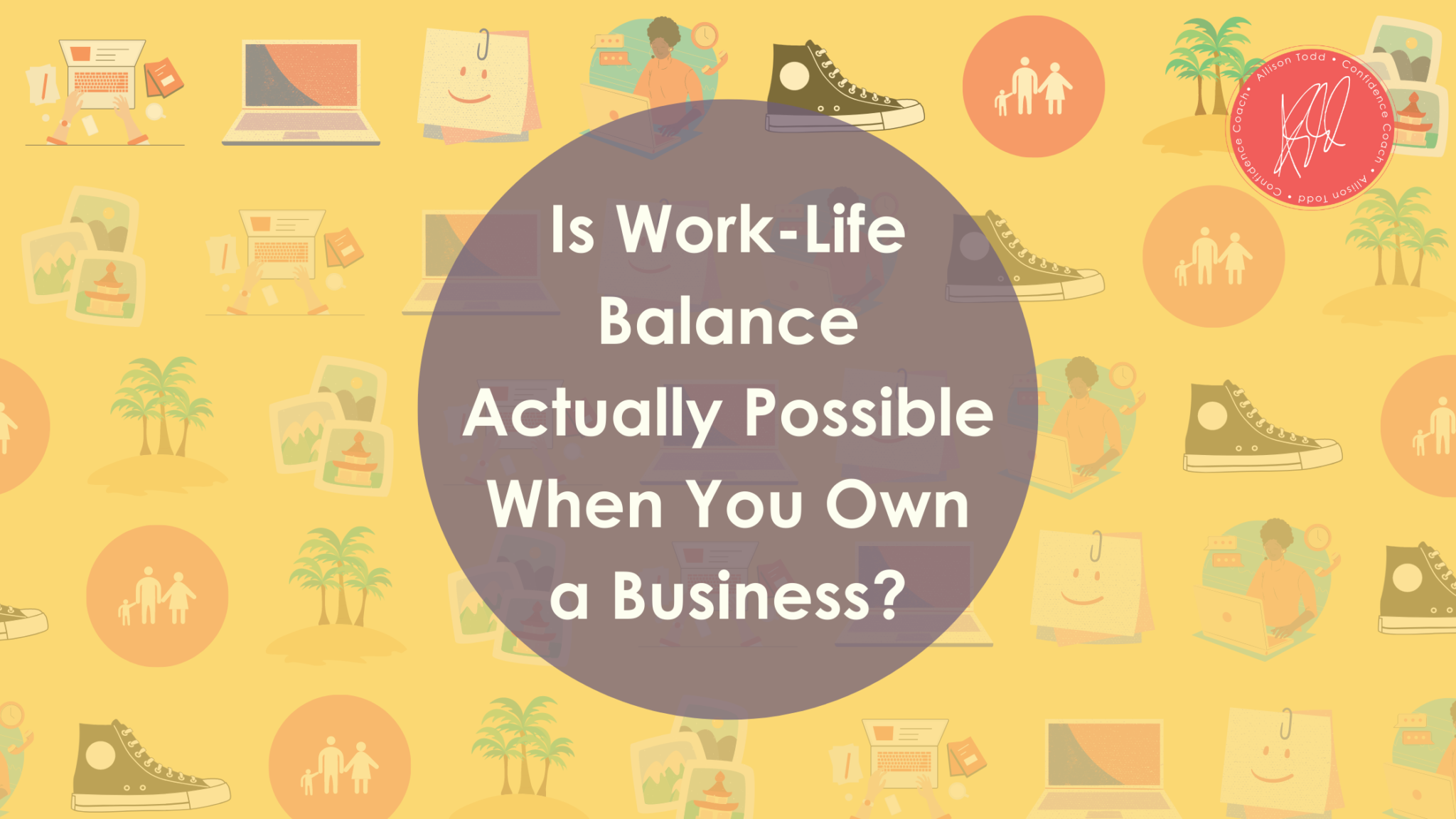Have you ever attended a keynote and been moved? Watched a Ted Talk over and over? Liked and shared a social media post that was powerful?
You have a voice, too, and you can be empowered to share it with others. All of us have the power to be influential, whether in the digital world or the real one.
Here are 6 places to get your voice heard and spark change.
1. Your Blog
Blogs may have started with moms sharing their experiences, but they’ve become a vital part of business. In fact, many people make money sharing their expertise on their own blog and industry, such as travel.
If you have a blog, start sharing your thoughts and ideas. If you don’t, get started! This is a great way to get your voice heard and establish yourself as an authority. It may take time, but it’s worth the payoff.
2. Email
Despite the rise of other types of marketing, email is still an effective way to share content with an audience and capture their attention. You can begin with a newsletter that comes out once a month, or a few times a month, to build your audience.
3. YouTube
Video is a persuasive medium that many have leveraged for success. Whatever your business venture or cause, just about anyone can create professional videos or promos to share on YouTube. The cleverer and more creative the idea, the more traction you’re likely to receive, but don’t be afraid to just jump into it.
4. Social Media
Social media is incredibly powerful. From politicians to brands to influencers, just about everyone is using social media to connect with others and share ideas and opinions, and you can do the same.
Major platforms like Twitter, Facebook, and Instagram are excellent places to start, but you could also share your expertise on platforms like Quora and Reddit. People often use these platforms to ask questions or seek discussions within certain industries or topics, and that’s your time to shine.
5. Publications
Most publications accept pitches from writers to feature in their upcoming issues. With the rise of digital publications, you have more opportunity than ever before to get a feature article with the right pitch and audience.
Pitching takes time, however. You may not get published at the first try, or the second, or even the 10th, but keep going! Eventually, you’ll find the right fit for your article. And even if you’re rejected once, don’t be afraid to pitch again in the future! Maybe your article is a good fit, but not for right now.
6. Local Venues
Similar to pitching publications, you may be able to book local speaking engagements at small venues. Like publications, venues typically have a long lead time and specific guidelines and requirements for speakers.
You may need to approach a dozen different venues before you get booked, but that’s just part of the process. Don’t get discouraged! Keep trying.
Get Professional Coaching
Learning how to channel and share your voice isn’t easy, but you have plenty of outlets to be heard. The most important thing is having the confidence in yourself, and coaching from an expert like Allison Todd can help! Work with Allison Todd directly!









